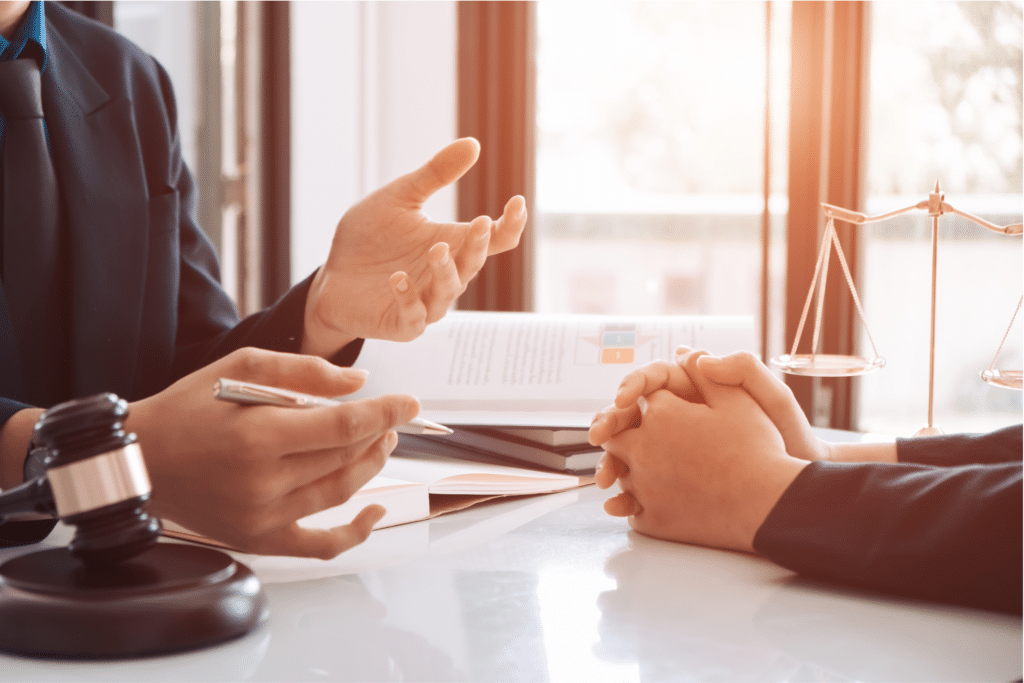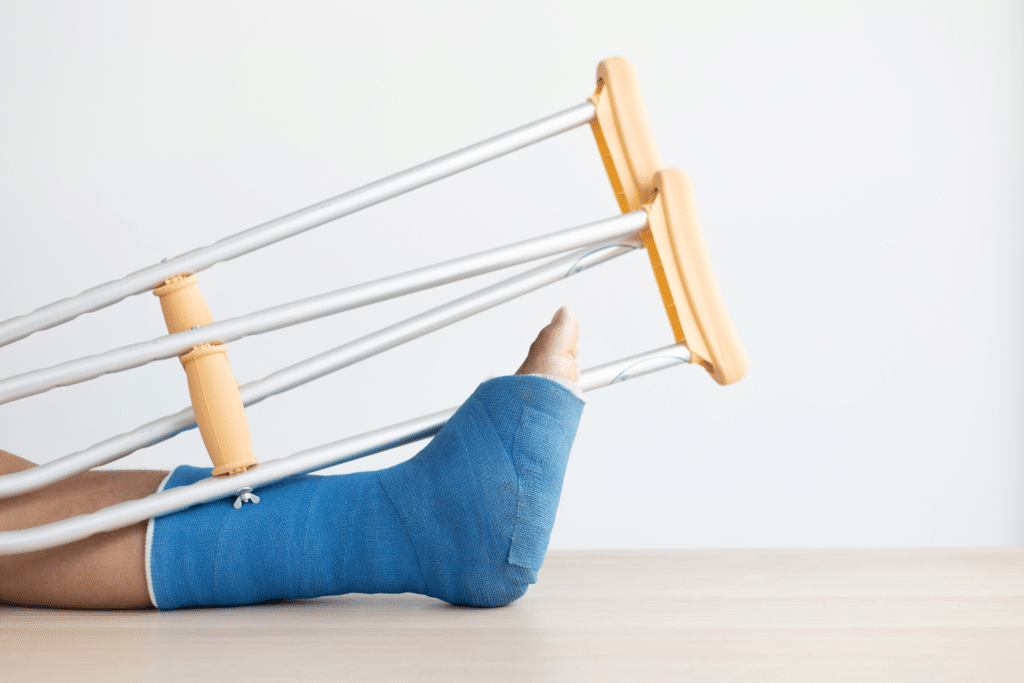
Pedestrian accidents are-too-common here in New York. These accidents can lead to severe injuries, significant medical expenses, and a complex web of legal issues. ‘
Understanding your rights as a pedestrian after an accident is crucial for protecting yourself and ensuring you receive the compensation you deserve.
Immediate Steps to Take After an NY Pedestrian Accident
1. Seek Medical Attention
Your health is the top priority. Even if you think your injuries are minor, it’s essential to get checked by a medical professional. Some injuries may not be immediately apparent and can worsen over time.
2. Report the Accident
Notify the police and ensure that an official accident report is filed. This report will be a critical piece of evidence if you decide to pursue a legal claim.
3. Gather Information
Collect contact information from the driver involved, as well as any witnesses. Take photos of the accident scene, your injuries, and any damage to personal property.
4. Preserve Evidence
Keep all medical records, receipts for any expenses related to the accident, and any correspondence with insurance companies.
Understanding Your Rights as a Pedestrian in New York

As a pedestrian in New York, you have several rights and protections under state law. If you are injured due to a driver’s negligence, you have the right to seek compensation for your injuries. This compensation can be used to cover medical bills, lost wages, pain and suffering, and other related expenses.
New York is a no-fault insurance state, which means that your own insurance company will cover your medical expenses and lost wages up to a certain amount, regardless of who was at fault. However, if your injuries are severe and exceed the no-fault insurance limits, you will have to pay for those costs yourself – unless you file a personal injury lawsuit against the at-fault entity and win your case.
New York follows the doctrine of comparative negligence, which means that if you are partially at fault for the accident, your compensation will be reduced by your percentage of fault. For example, if you were jaywalking and found to be 20% at fault, your compensation would be reduced by 20%.
You also have the right to hire an attorney to represent you in negotiations with insurance companies and in court. An experienced personal injury attorney can help you navigate the complexities of your case and advocate for the compensation you deserve.
How New Yorkers Can Deal with Insurance Companies after Suffering a Pedestrian Injury
After a pedestrian accident, you will likely have to deal with insurance companies. Be cautious with any statements you make to the insurance company without consulting your attorney, as anything you say can be used to minimize your claim.
Keep detailed records of all communications with insurance companies, including dates, times, and the names of the representatives you speak with.
Filing a Personal Injury Lawsuit in New York
If your injuries are severe, you may need to file a personal injury lawsuit to receive adequate compensation.
First, consult an experienced personal injury attorney who can assess your case, gather evidence, and advise you on the best course of action. Your attorney will conduct a thorough investigation, which may include reviewing police reports, interviewing witnesses, and consulting with medical experts.
Next, your attorney will file a legal complaint with the court, outlining your injuries, the defendant’s negligence, and the compensation you seek. Both sides will exchange information and evidence through a process called discovery, which can involve depositions, interrogatories, and requests for documents.
Many personal injury cases are settled out of court, and your attorney will negotiate with the defendant’s legal team to reach a fair settlement. If a settlement cannot be reached, your case will go to trial, where your attorney will present your case to a judge or jury, who will determine the outcome and any compensation awarded.
Long-Term Considerations for New Yorkers Injured in Pedestrian Accidents

A pedestrian accident can have long-term consequences on your health and quality of life. Ensure you follow through with all recommended medical treatments and attend all follow-up appointments, as documenting your ongoing care is vital for your case.
Depending on your injuries, you may need physical therapy, occupational therapy, or other forms of rehabilitation, and these treatments should be factored into your compensation.
The trauma of being involved in an accident can lead to significant mental health issues such as anxiety, depression, and post-traumatic stress disorder (PTSD). Seeking counseling or therapy can be instrumental in managing these symptoms and facilitating emotional healing.
The costs associated with ongoing medical treatments, rehabilitation, and necessary lifestyle adjustments can accumulate rapidly, potentially leading to financial strain. Working with a financial advisor is crucial to manage your settlement effectively and plan for future expenses.









